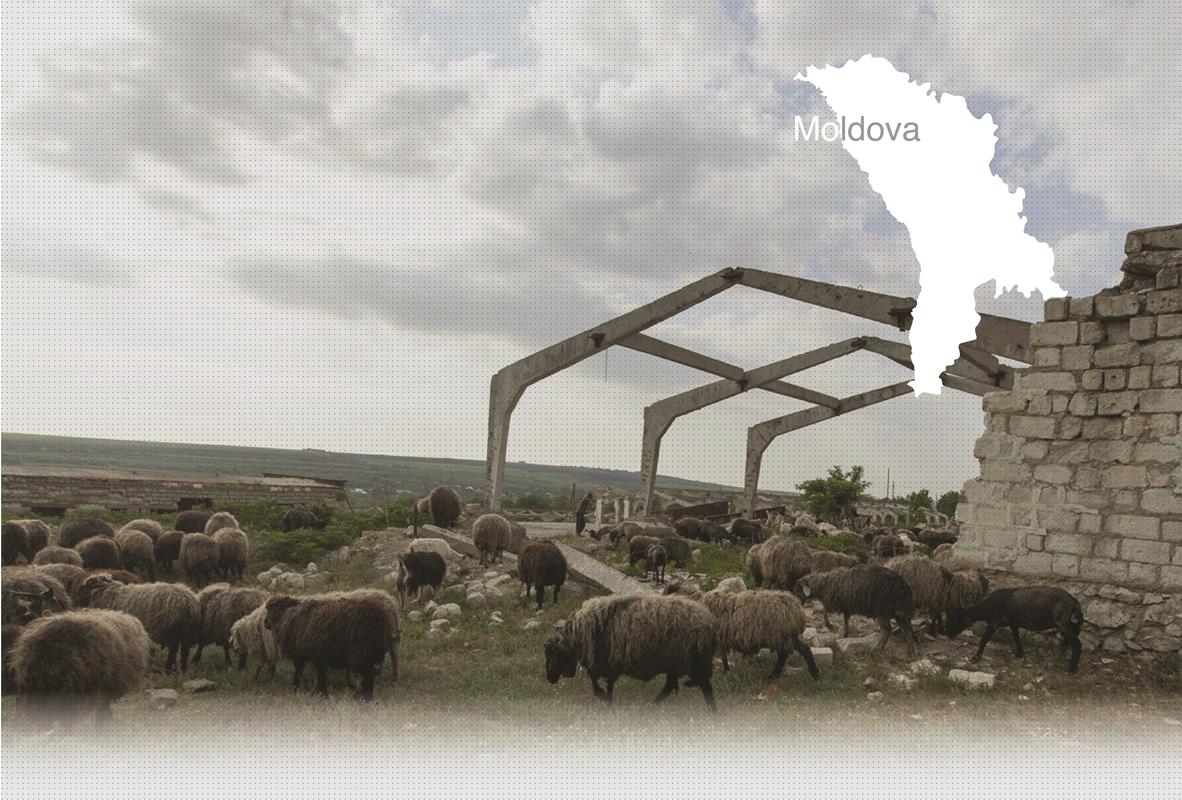

2 Killing site(s)
Feodosi C., born in 1932: “A Jewish family from Orhei, two men, two women and two young children, including a 12-13 year-old girl, were killed in Brăviceni by the chief of the post office, a Romanian gendarme named NIATSE. A Moldovan man who worked for the gendarmes stopped the cart with the Jews at the entrance to the village. He wore a Romanian uniform and carried a pistol. The Jews were arrested and shot one by one by the chief of the gendarmerie post office. At the end of the shooting, the gendarme delivered the coup de grâce to the victims. The bodies were buried on site in the ditch by the villagers on their own initiative. I saw the shooting from about twenty meters.”(Witness N°250, interviewed in Brăviceni, on April 17, 2018)
Brăviceni is a village in Orhei District in central Moldova. It is located about 18km from Orhei, home to a very important Jewish community before the outbreak of the Second World War. There were 19,211 Jews living in the District and half of them lived in the town of Orhei, comprising more than 40% of the town’s total population. The Jews from Orhei were merchants, shop owners, businessmen, artisans, craftsmen and doctors, some of them were also farmers, viniculturists and factory owners. The Jewish community from Orhei had several synagogues, houses of prayer, cheders, many cultural, educational and welfare institutions, as well as a Jewish cemetery.
Several different nationalities lived in Brăviceni before the war: Moldovans, Jews, sedentary Gypsies, Bulgarians and Poles. Not much is known about the Jewish community of Brăviceni. According to YIU’s witness born in 1930, the Jews from Brăviceni were mainly merchants. They owned several shops in the village. The witness recalled that some of the local Jews managed to evacuate to Orhei before the arrival of German-Romanian troops.
After a brief occupation by the Soviet Union that started in 1940, the Orhei region was occupied by German-Romanian forces on July 8-10, 1941. The same month, the occupying troops arrived in Brăviceni. According to YIU’s witness, they directly took over power. They created a gendarmerie post office and ordered the extermination of all the Jews from Brăviceni and the surrounding area. The round-up of the Jews lasted several days. YIU’s witness remembered that some of the non-Jewish inhabitants of the village tried to help and hide the Jews but they were denounced by their neighbors. The Jews from Brăviceni and nearby villages, about 30 people, were gathered on the outskirts of the village. The shooting was supervised by the chief of the gendarmerie. The local mayor was also present. The gendarmes were ordered to dig a mass grave for the victims. The Jews were shot by the gendarmes and thrown into the pit. According to YIU’s witness, although the mass grave was 4-5 meters long, it was too small for the bodies of all the victims. As a result, the gendarmes, after having piled all the cadavers in the pit, were unable to fill the pit in. They left the pit uncovered and the victim’s bodies were eaten by dogs and birds. Today, the mass grave is on the territory of a former kolkhoze.
According to YIU’s witness, one Jewish woman tried to escape the shooting, but she was caught by the chief of the local gendarmerie and shot. Her body was buried in an individual grave.
Feodosi C., born in 1932, recalled another shooting of a Jewish family from Orhei perpetrated at the same execution site. Two men, two women and two children were caught at the entrance of the village by a man wearing a Romanian uniform. They were killed by the chief of the gendarmerie and buried in a mass grave near the road on the outskirts of the village, where the previous shooting had been perpetrated. The mass graves of the victims of both shootings remain without memorial.
Do you have additional information regarding a village that you would like to share with Yahad ?
Please contact us at contact@yahadinunum.org
or by calling Yahad – In Unum at +33 (0) 1 53 20 13 17